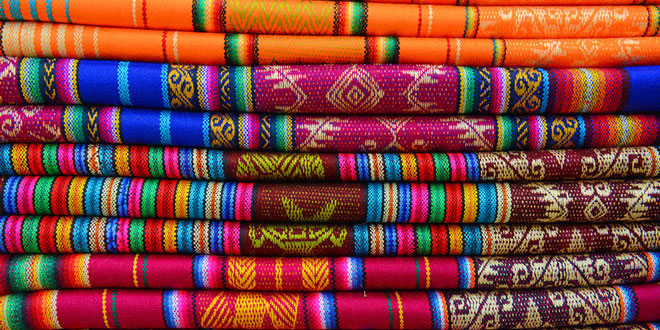Textile production is a complex process that involves several stages, each of which requires careful behotagain.com planning and execution. The first step in the textile production process is phtovaco.com the sourcing of raw materials. These can be natural fibers such as cotton, wool, or silk or synthetic fibers like polyester or nylon. Once the raw materials have been sourced, they are then cleaned to remove any impurities.
The next phase in textile production is spinning. This involves twisting the cleaned fibers into yarns that can be woven or knitted into fabrics. Spinning can either be done by hand or using machines depending on the scale of production and quality required. After spinning, the yarn undergoes a eastlake303locksmith.com series of quality checks to ensure it meets the desired standards.
Weaving comes next in line after spinning; this stage involves interlacing two sets of yarn – one lengthwise (the warp) and another widthwise (the weft) csxiaoqi.com – on a loom to create fabric. There are different types of weaving techniques, including plain weave, twill weave adsinsyria.com and satin weave among others; each producing unique patterns on the fabric surface.
After weaving, textiles go through several finishing processes to enhance their appearance atentosa.com and usability before they reach consumers’ hands. The finishing process includes bleaching where unwanted color from threads is removed to achieve a uniform color throughout the material; dyeing which adds color to textiles; printing for adding designs onto fabrics; and other chemical treatments aimed at improving fabric’s durability against wear and tear.
Another critical stage during textile manufacturing is inspection where every inch of fabric produced gets scrutinized for defects such as holes, stains or broken threads that could affect its overall quality when turned into finished goods like clothing articles.
Finally comes cutting & sewing – this final step transforms fabrics into wearable garments following specific design patterns provided by fashion designers. It starts with laying out pattern pieces onto fabric then cutting along these patterns using specialized tools before sewing them together using industrial sewing machines.
In conclusion, the textile production process is a complex one that involves multiple steps from sourcing raw materials to spinning, weaving, finishing, inspecting and finally cutting & sewing. Each isurfmore.com step requires specific skills and machinery to bjpksaiche.com ensure the high quality of the final product. Despite its complexity, this process has been perfected over centuries and continues to evolve with advancements in technology making it more efficient and sustainable.

